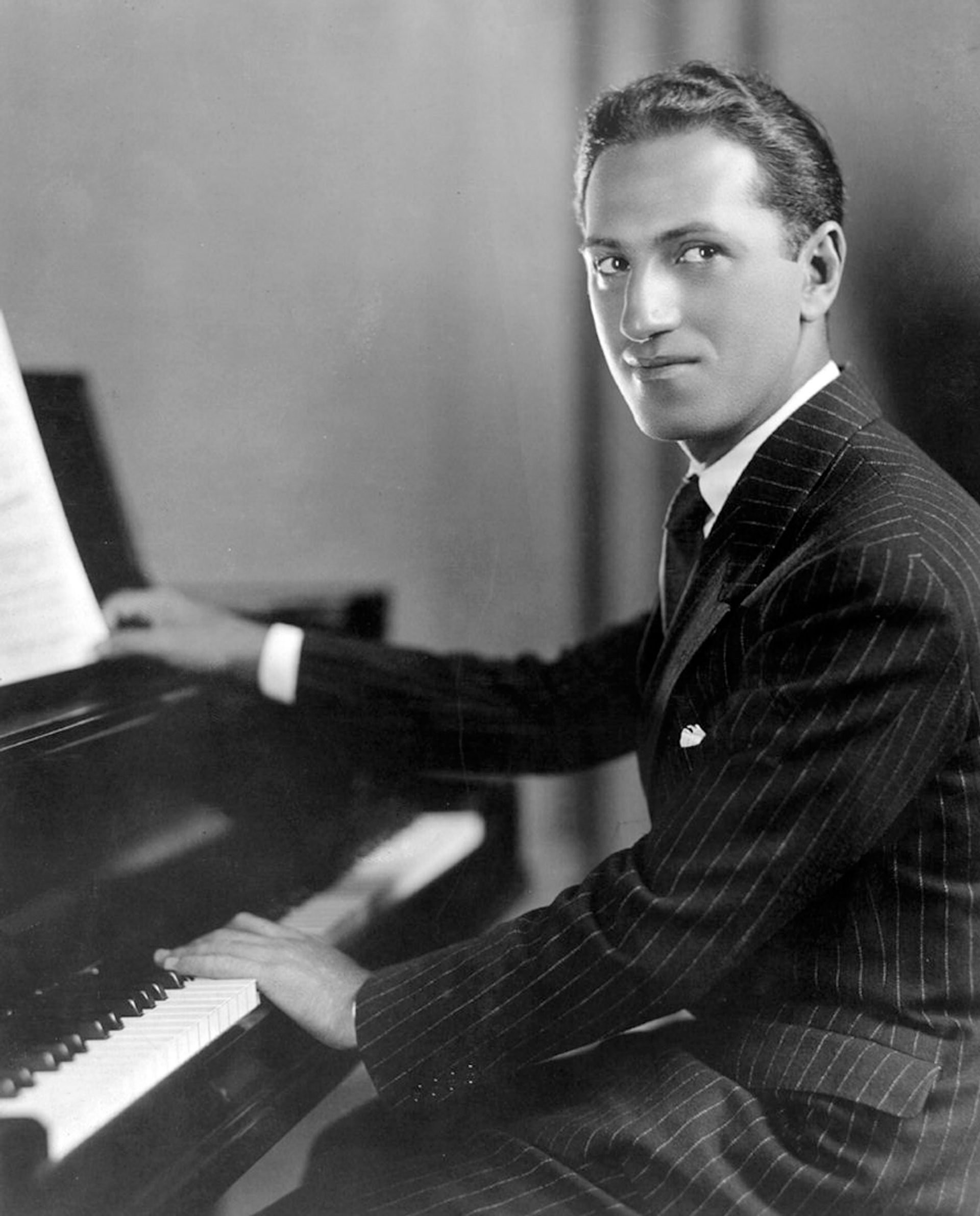20th Century Onwards (From circa 1910)
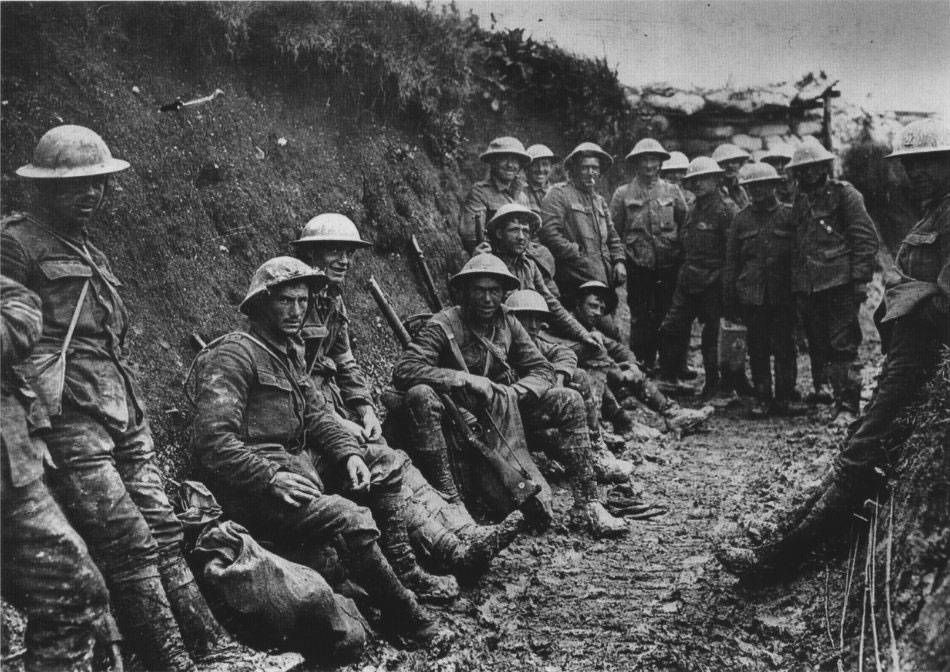
The beginning of the Twentieth Century brought much change in the world, the conflict and wars affected music dramatically. due to the hostile political climate, advances in technology, and huge shifts in style. Composers didn't build upon the beautiful music of the Romantics and instead wanted to react against their predecessors and establish new trends and styles. The tragedy of war brought about a more aggressive style and then later in the century as technology progressed, musicians could advance their exposure across the globe through recordings, radio, film and television.
20th Century and 21st Century can be broken down into even smaller periods.
- Impressionist: 1890 – 1925
- Expressionist: 1908 – 1950
- Modern: 1890 – 1975
- Postmodern: 1930 – present
- Contemporary: 1945 – present
Features to note:
- Rhythmical compositions with the use of syncopation, unexpected changes of time signatures and also jazzy swing rhythms
- Phrases are irregular. Melodies are often short fragments, called 'motifs' and increasingly notes don't relate to each other in any traditional classical way.
- Tonality is a significant factor. Discordant harmonies occur more and there is often no sense of key, this can be described as 'atonal' when there is much dissonance. If you are not sure, a hint is when an excerpt might seem to belong to the Romantic or earlier periods, if it is dissonant, it is likely to be from the Twentieth-Century.
- Sudden and wide changes in texture and dynamics feature. For example, extremely thin textures and at times very dense. Dynamics can be extreme and sudden or accented.
- Piano music can now use the full range, in all extremes. Although sometimes composers choose a limited range (minimalism). The use of both soft pedal and sustain pedal can be noted but modern music also has percussive feature that may use less pedal.
Some composers to listen to: Shostakovitch, Stravinsky, Bartók, Debussy, Gershwin, Prokoviev, McCabe.
This is a whistle stop tour of the 20th Century!
https://www.youtube.com/watch?v=MaJF9nxVhUU
Dmitri Shostakovich (1906-1975)
Russian composer, renowned particularly for his 15 symphonies, numerous chamber works, and concerti, many of them written under the pressures of government-imposed standards of Soviet art. You cannot pin this composer down to one style! The influences of Beethoven, Mahler and jazz can all feature in his writing.
Prelude Op 34 No 15
The 24 Preludes, Op. 34 is a set of short piano pieces written and premiered by Dmitri Shostakovich in 1933. They are arranged following the circle of fifths, with one prelude in each major and minor key. Prelude No.15 was the theme tune to a sitcom 'Ever Decreasing circles'. Although the piece begins firmly in D flat major, it doesn't stay there.
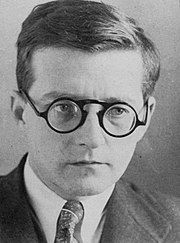
Arnold Schoenberg, (1874— 1951)
Austrian-American composer who created new methods of musical composition involving atonality, namely serialism and the 12-tone row. He was also one of the most-influential teachers of the 20th century; among his most-significant pupils were Alban Berg and Anton Webern.
Schönberg 6 Little Piano Pieces, Op.19 – Short pieces that are basically atonal; rapidly changing rhythmic patterns; dramatic dynamic changes; little sense of traditional melody.
https://www.youtube.com/watch?v=TZleqbjwEuA&list=RDTZleqbjwEuA&start_radio=1
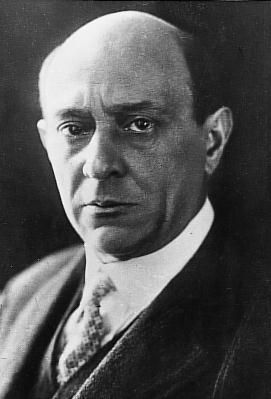
Christopher Norton (1953 - )
British pianist and composer of Jazz music. His pieces are standard in piano learning repertoire, especially the ABRSM piano grades.
Tiger Rag: A simple introduction to blues style: the right-hand part plays only notes from the C blues scale virtually throughout.
https://www.youtube.com/watch?v=m1WYvVb2fRY
Latin Duets Piano Cha Cha (1 piano 4 hands): An exciting, colorful piano duet in latin style with lots of of syncopation.
https://www.youtube.com/watch?v=WdjM8B1Ywuc

Béla Bartók (1881 - 1945)
Hungarian composer, pianist, ethnomusicologist, and teacher, noted for the Hungarian flavour of his major musical works, which include orchestral works, string quartets, piano solos, several stage works, a cantata, and a number of settings of folk songs for voice and piano. The “Mikrokosmos,” literally meaning the “micro-cosmos,” is a series of six volumes of piano compositions composed between 1926 and 1939 designed for the musical instruction of his son, Péter. The compositions get progressively more difficult, concluding with two volumes of music intended to be professional performance-quality pieces.
Mikrokosmos - 146. Ostinato
Ostinato, with a repeated bass pattern of Oriental suggestion. The book ends with Six Dances in Bulgarian Rhythm, testimony toBartok's command of thematic material of popular origin, set off by his own idiomaticharmonic and textural treatment, which gives the traditional melodies a new energy.
https://www.youtube.com/watch?v=5yczXBN_ZOg
Six Dances in Bulgarian Rhythm (6/6)
“Six Dances in Bulgarian Rhythm” is the last set of pieces in the final book of Bartók’s Mikrokosmos. As the name of the piece makes clear, the dances are based on a variety of asymmetrical rhythms that are common in Bulgarian folk music. The melodies, however, are completely original. With driving energy from start to finish, the sixth dance pulls together echoes of the melodic material from the other dances, closing the piece with a grand flourish.
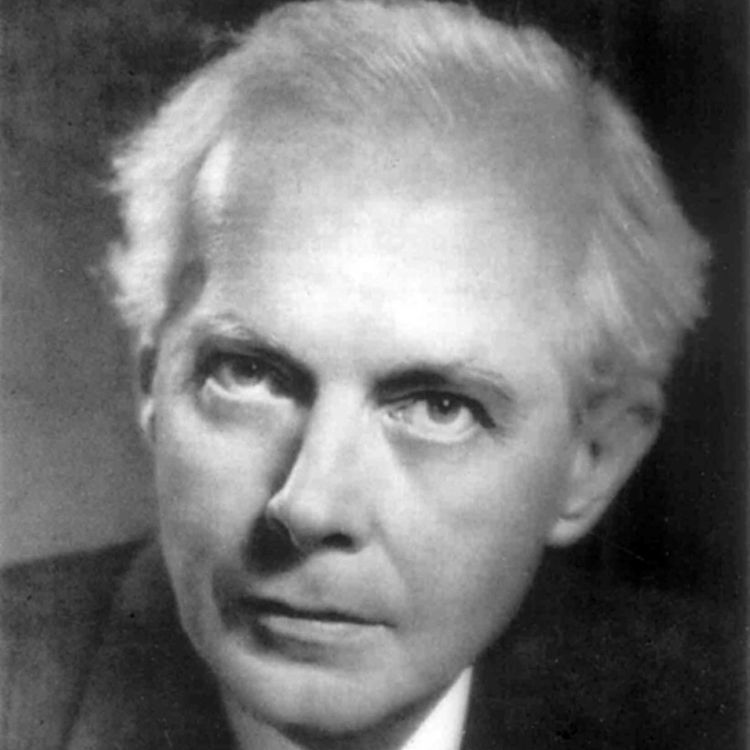
Impressionists (Late 19th & Early 20th Centuries)
Debussy, Satie, Faure, Ravel, Saint Saens
The following link gives examples of composers who are considered 'Impressionists'. The artwork shown reflects the musical style. This style introduced in late 19th Century France and was a departure from the grand, dramatic and emotional works of the Romantic period. The fashion was more focused on creating shifting and mood/atmosphere.
Impressionism was more subtle, often using a smaller dynamic range. More use of the quieter end of the dynamic range is noticeable. Composers were not fixed to major and minor scales, some music is based on the whole tone or pentatonic scale. Debussy, Ravel and other composers also explored modes.
The rhythm and tempo of impressionist music is also not strict Pieces were played with rubato, not like the sudden rubato changes of the Romantic period; the aim was for the whole of a piece to be flowing and flexible.
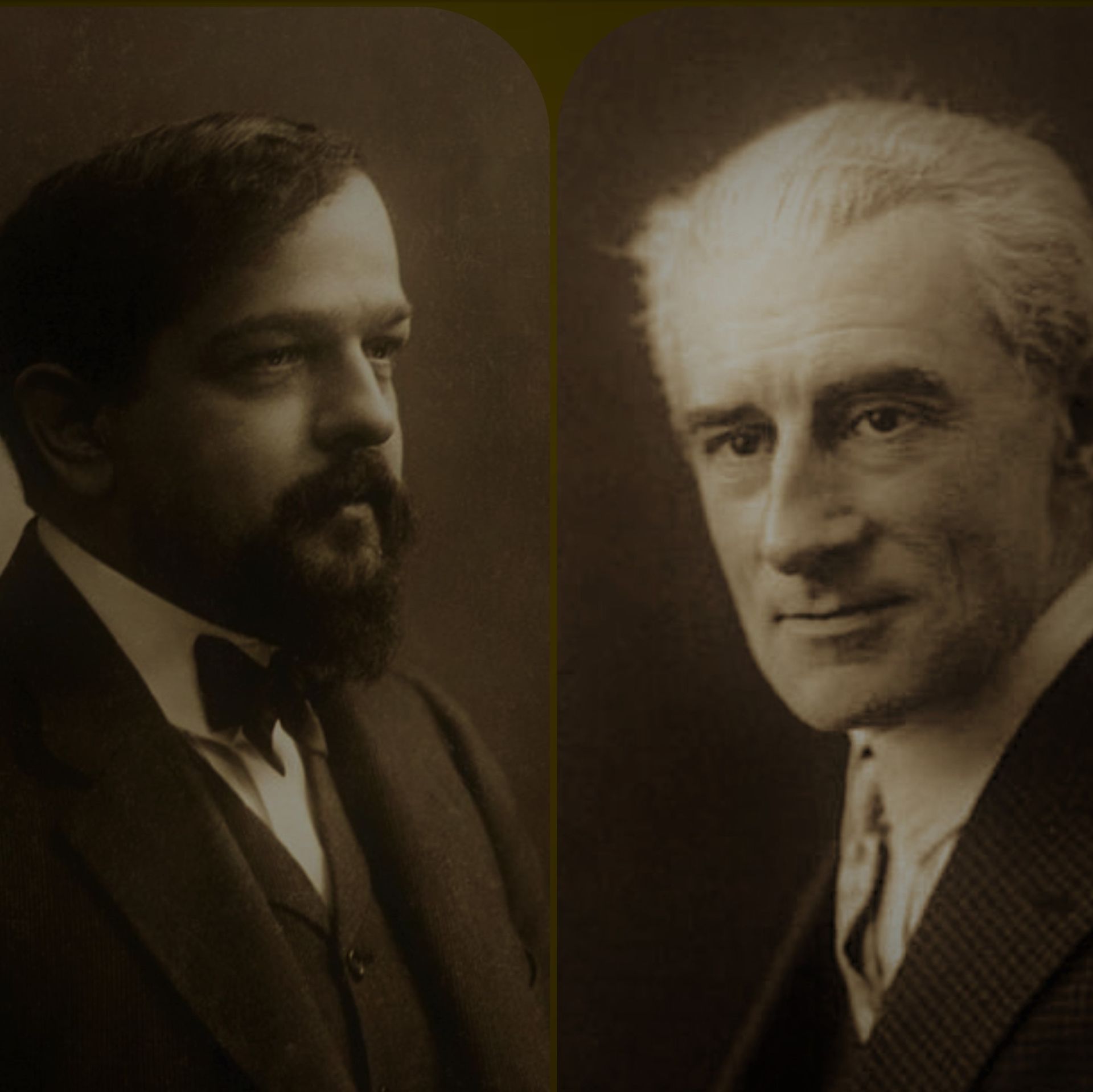
George Gershwin (1898-1937)
Original name Jacob Gershvin, was the son of Russian Jewish immigrants.(born California), one of the most significant and popular American composers of all time. He wrote primarily for the Broadway musical theatre, but important as well are his orchestral and piano compositions in which he blended, in varying degrees, the techniques and forms of classical music with the stylistic nuances and techniques of popular music and jazz.
The following link is a lovely, brief overview of Gershwin's life. Also take a listen to 'Summertime' from 'Porgy and Bess'.
https://www.youtube.com/watch?v=h7BUfHm-KgM
